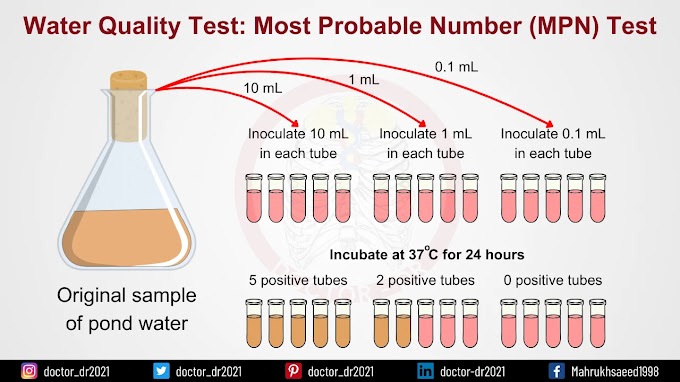Introduction
Thyroid Eye Disease (TED) is a rare autoimmune disease that affects the tissues around the eyes. It is characterized by progressive inflammation, which leads to damage in the muscles, fat, and connective tissues surrounding the eyes.
The Phases of Thyroid Eye Disease
TED has two main phases: the active phase and the inactive phase. The active phase can last from six months to two years and is characterized by inflammation, swelling, and damage. In the inactive phase, disease progression stops, but the tissue damage and symptoms remain.
Signs and Symptoms
The signs and symptoms of TED can vary between individuals, but there are some common indicators. One noticeable change is the inflammation of the white parts of the eyes. This inflammation can cause the eyes to appear bulging out of the eye socket, a condition known as exophthalmos or proptosis. This bulging effect can give the person a constant staring appearance.
People with TED may also experience eye discomfort, irritation, and a gritty feeling. The eyes can be constantly watery or dry, and the eyelids may become inflamed and retracted, leading to incomplete closure. Blinking or attempting to close the eyes can be painful.
Vision changes are another common symptom of TED. These changes can include blurry vision, double vision, or an intolerance to bright lights. In severe cases, increased pressure on the main nerve of the eye or corneal erosion can threaten vision.
Causes and Risk Factors
The exact cause of thyroid eye disease is not fully understood, but it is believed to be an autoimmune disorder. In autoimmune disorders, the body's immune system mistakenly attacks its own healthy tissues. In the case of TED, the immune system produces abnormal antibodies called thyroid stimulating immunoglobulin, which attach to specific receptors on the thyroid and other tissues, including those in the eyes.
Individuals who develop TED often have an increased expression of insulin-like growth factor-1 receptor (IGF-1R) in the tissue around the eye. Antibodies against these receptors are produced, leading to collagen production and excessive fibrosis or scar tissue formation. This fibrosis puts pressure on nerves, blood vessels, and the eye itself.
While the exact cause of TED is unknown, there are some known risk factors. TED is more common in middle-aged individuals and occurs more frequently in females. Environmental factors, such as smoking, may also contribute to the development of the disease. Additionally, individuals with immune diseases like type 1 diabetes or rheumatoid arthritis may have an elevated risk of developing TED.
Diagnosis
The diagnosis of TED is based on the patient's medical history and the signs and symptoms of the disease. Changes in the appearance of the eyes and vision are crucial indicators. Clinical tests, such as measuring the degree of proptosis with a specialized device called an exile thermometer and conducting an eye exam, can help assess these changes. Medical imaging may also be used for diagnostic purposes.
Treatment Options
Treatment for TED aims to manage symptoms, prevent further damage, and improve quality of life. The following treatment options are available:
- Temporal Tumu Map: This treatment involves blocking IGF-1R activation and is approved by the FDA for thyroid eye disease.
- Management of Underlying Diseases: In some cases, controlling inflammation with corticosteroids or prednisone may be helpful if there are underlying diseases affecting thyroid activity.
- Radiation Therapy: Radiation therapy may be an option for certain individuals.
- Orbital Decompression Surgery: This surgery involves removing some of the bone around the eye to relieve pressure or reposition muscles and eyelids.
- Supportive Care: Supportive treatments include using artificial tears to prevent dry eyes and utilizing eye patches or prisms to reduce double vision.
Conclusion
Thyroid Eye Disease is a rare autoimmune disease characterized by inflammation and damage to the tissues around the eyes. It is associated with the production of abnormal antibodies and excessive fibrosis. TED can cause changes in the eyes, eyelids, and vision. Diagnosis is based on clinical tests and medical imaging. Treatment options include temporal tome you map, management of underlying diseases, radiation therapy, orbital decompression surgery, and supportive care. With proper management, individuals with TED can improve their symptoms and quality of life.







